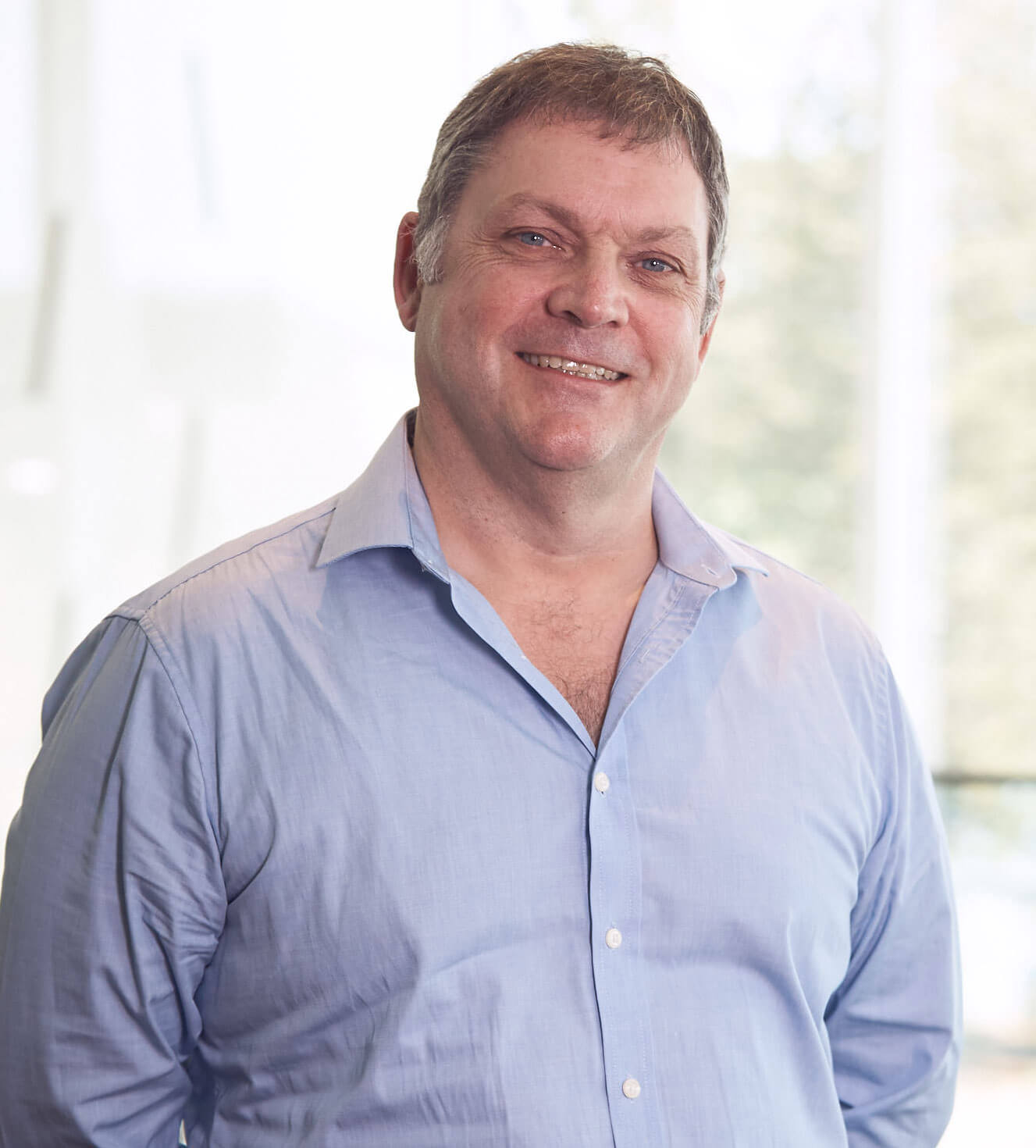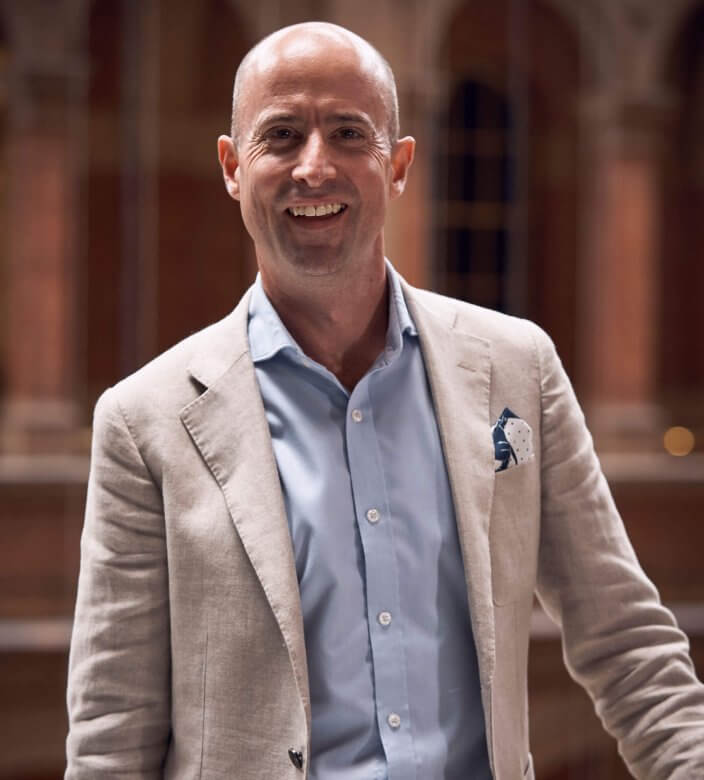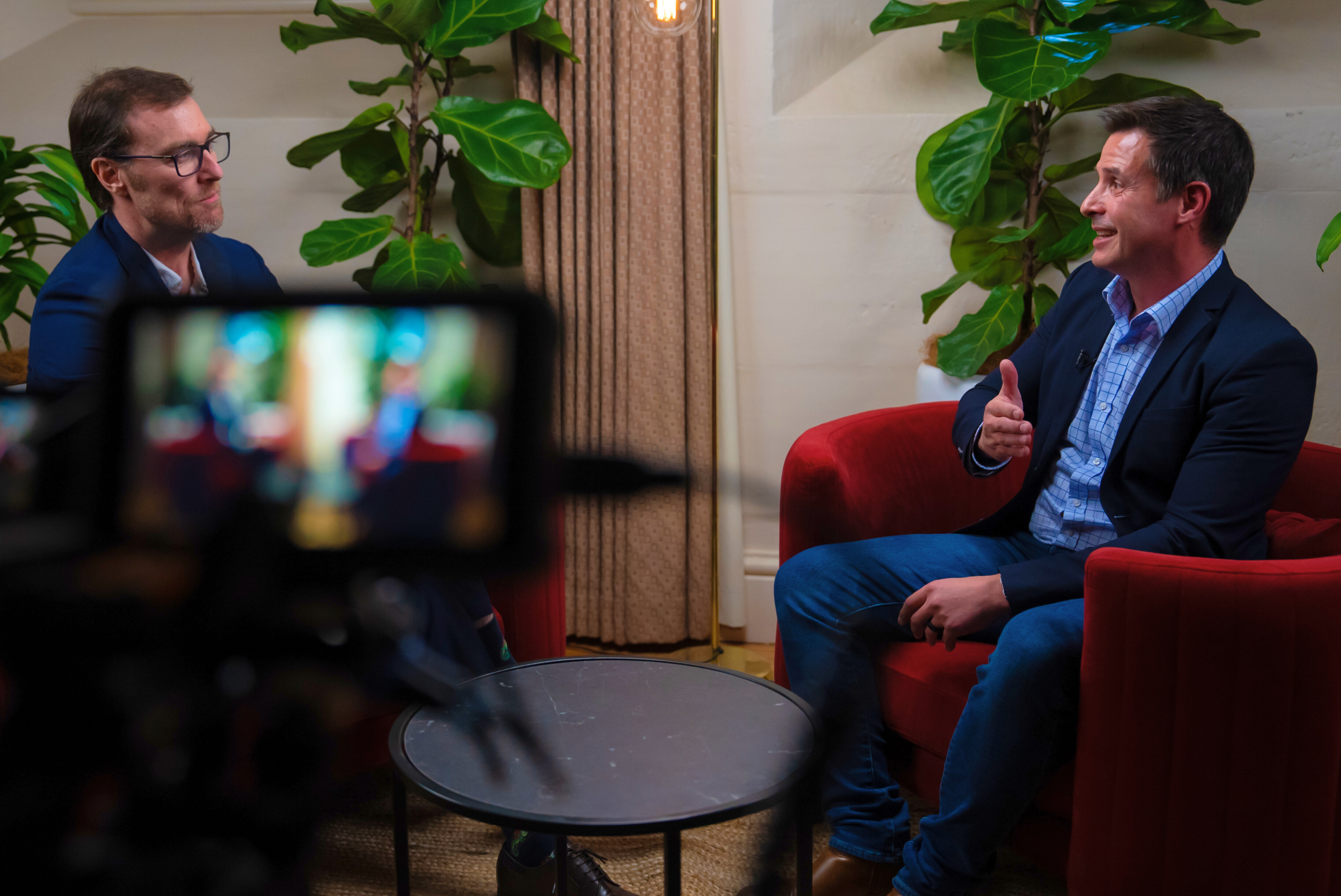Australia will be ASEAN’s Infrastructure Developer
Before giving his presentation on “Key Factors in Driving the Future of Connectivity in ASEAN” at ADAPT’s Connected Cloud & DC Edge, John Duffin gives his honest opinion on Australia’s unique part to play.With over 20 years of engineering infrastructure in the Asian Data Centre industry, John Duffin is privy to the design and operations of digital infrastructure.
Before giving his presentation on “Key Factors in Driving the Future of Connectivity in ASEAN” at ADAPT’s Connected Cloud & DC Edge, he sat down with CEO and Founder Jim Berry to give his honest opinion on Australia’s unique part to play.
Jim Berry:
We’re seeing a lot of conversation, and obviously the industry. Cloud solutions are increasing data flow massively. People are needing to re-architect for the future. What changes have you been seeing?
John Duffin:
We’re seeing some quite fundamental changes. One thing that Australia has always had is a certain level of isolation. If you look at data flows and you correlate that to international communications, actually Australia has not been well served. But in the last year, the amount of new capacity that’s been added in terms of subsea capability, but also where it’s entering Australia, I think will fundamentally change the Australian data centre industry.
Jim Berry:
And can you give us details on some of those?
John Duffin:
Western Australia is now open for data centre business. With that connectivity comes network latency communications and time delays, which means in a world where your IP ping is your location, ASEAN and ANZ really are joining together. The epicentre of the ASEAN region is Perth.
Jim Berry:
So how can we capitalize on that?
John Duffin:
We have to first understand how data moves around, where the cable connectivity is, how the land call activity works. For instance, we talk about regional data centres, but it’s always connectivity that causes the problem. Where the cables run in Australia and how they’re linked to the rest of the world, there really is a real opportunity for regional data centres.
The Sunshine Coast Council has paid 35 million to bring a sea cable directly into a cable landing on the coast. Their view is that will give them an economic benefit of close to a billion dollars. Look at the opportunities that these new systems provide and the regional benefits. People will stand back and take a very different view of data centre location and operation in Australia.
Jim Berry:
The reality is, telcos haven’t been laying cable cause there’s no cost benefit. We’ve got Queensland Health talking just now about laying their own fibre, and the digital hospital programs in Australia won’t take off without the connectivity they need. So literally, they’re having to lay the cable themselves as opposed to relying on telcos. Do you think the telcos will take a different attitude now?
John Duffin:
Well, Australia has a uniqueness about it in that unlike most countries in ASEAN, it really isn’t relying on the telcos for its future. One thing Australia has with that is extremely vibrant, almost subculture in terms of networks.
If you want to run networks or you want network service in Australia, you actually don’t have to turn to the telcos, which is actually almost unique throughout ASEAN.
Jim Berry:
Thanks to Bevan Slattery and some of the changes made. So you’re based in ASEAN typically. You’ve got a huge amount of experience in Singapore. Are there major differences between the two economies you see and what do you think Australia could learn from Singapore?
John Duffin:
Singapore has a uniqueness about it because it’s a hub. With similar data centre capacity at around about 400 megawatts IT loads and similar major customers. Look at Australia as a country and Singapore as a point. It’s a hub.
John Duffin:
In ASEAN, Singapore is a little bit of an outlier. It neatly divides along GDP per capita. Australia could actually be a major infrastructure builder for all of those areas.
Jim Berry:
I was going to say you think that WA could now provide cloud services into ASEAN with the new connections?
John Duffin:
Absolutely. One thing I found in my research for my presentation was just how little business ASEAN and ANZ actually do, comparatively speaking, and particularly in terms of the telecommunication industry. So the opportunity for that to change is huge.
Jim Berry:
So two last questions. One is with the theme of the event, what do you think is the most important thing individuals across the value chain should consider when they’re trying to deliver a resilient digital infrastructure?
John Duffin:
The data centre itself needs to be a resilient facility. The era of the single data centre has gone. Now there are operators who have multiple data centres and hybrid cloud. Look into wider levels of resilience. This is more focused on the application and network level. Cloud-based architectures already rely on this.
Taking a view that data centres will be allowed to be significant water consumers in 10 years time is risky. Renewable energy technologies are happening in Australia. Targets of 50% renewables by 2030 are more than realistic. That hugely impacts how data centres will be designed, how they’ll be operated, and also how they’re viewed in terms of resilience.
Jim Berry:
Well we’re ultimately headed to per capita energy limit one of these days aren’t we? And Australia seems to be well short of the power gen, so I don’t think we have much choice to it.
John Duffin:
Yes, I believe so.
Jim Berry:
So final question, what can leading executives in Australian organizations in this industry do to make sure we don’t miss out on some of the opportunities? A lot of other people are talking about the revenue gap of what we could miss out on unless we really grasp the digital age. Have you any ideas?
John Duffin:
It’s really important to view Australia as part of the wider data centre ecosystem. The cable connectivity is moving Australia closer to ASEAN and there are real opportunities in those areas.
“The data centre industry is a utility.” Australia owns virtually none of the data centre industry and the signs are, it will own even less in the future. There are many opportunities in the data centre industry for Australia to be a vibrant part of it and none the least of it is funding it. Australia can become a global partner to many of these companies.
Read a One Pager of John Duffin presenting on Key Factors in Driving the Future of Connectivity in ASEAN
 Watch Video
10:13
Watch Video
10:13




























